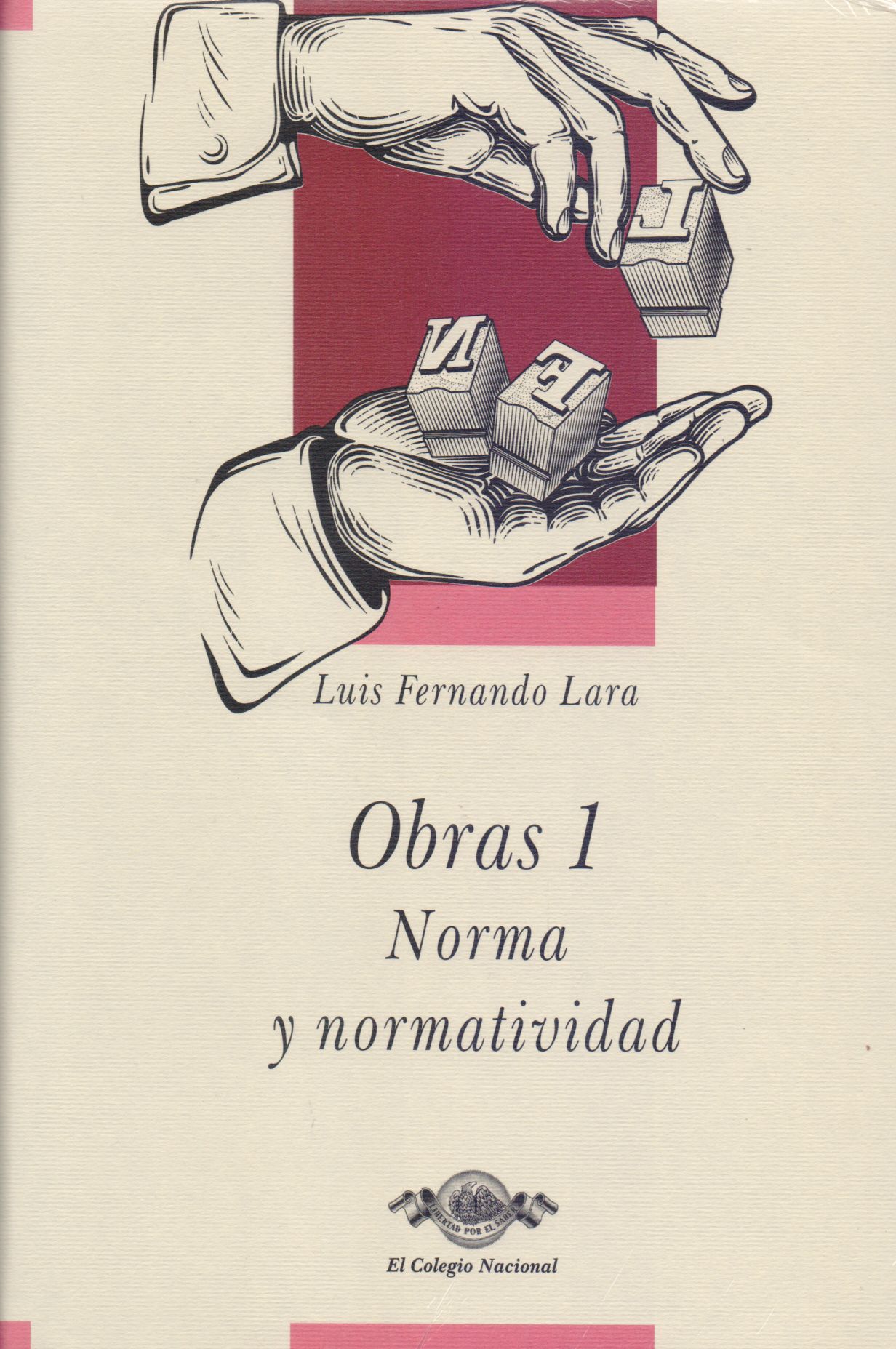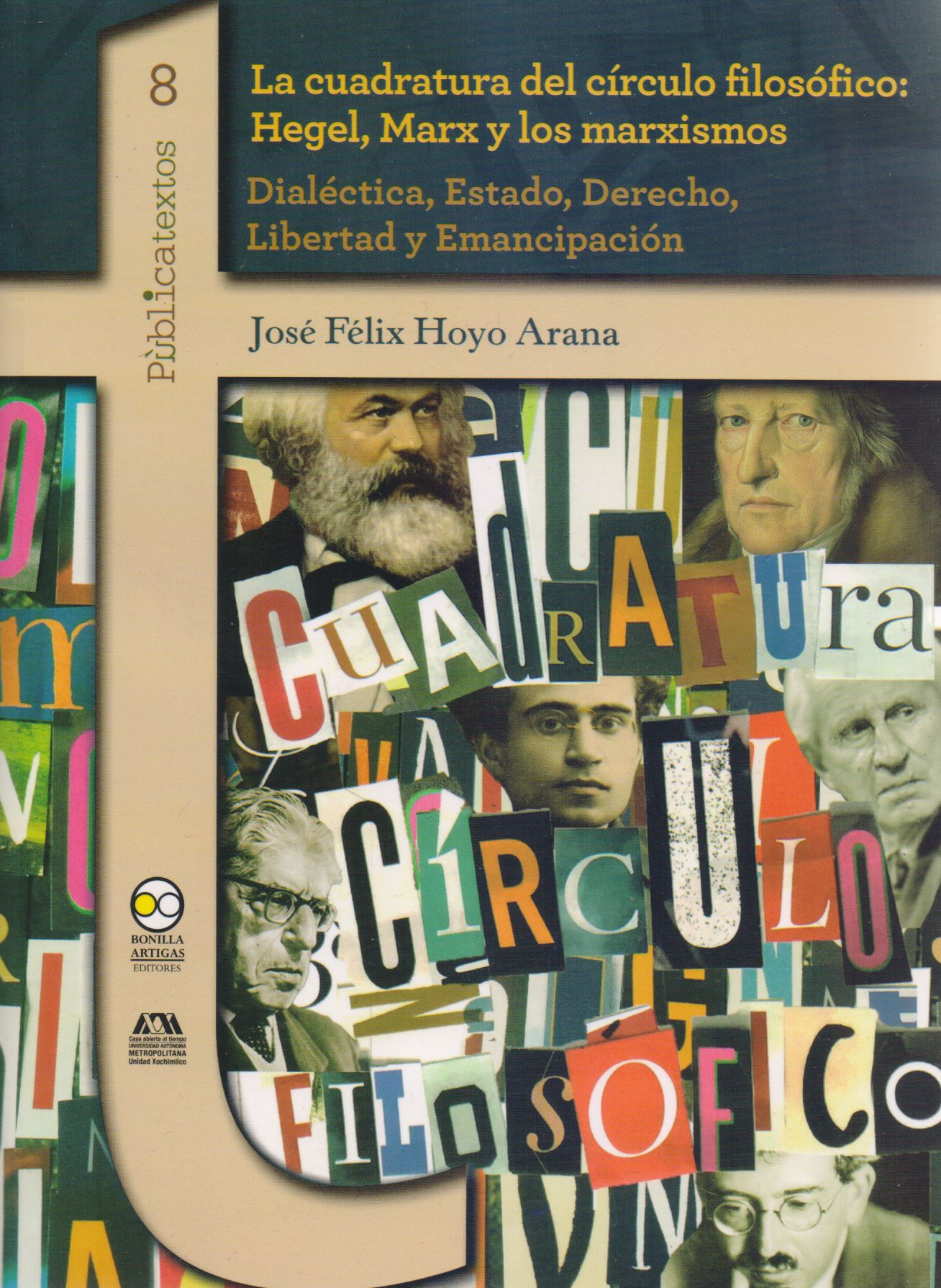Libros relacionados
 |
Didáctica, Léxico y Comunicación Cortez Pérez, Gabriela; Acosta Cadengo, Martha Cecilia Bonilla Artigas Editores |
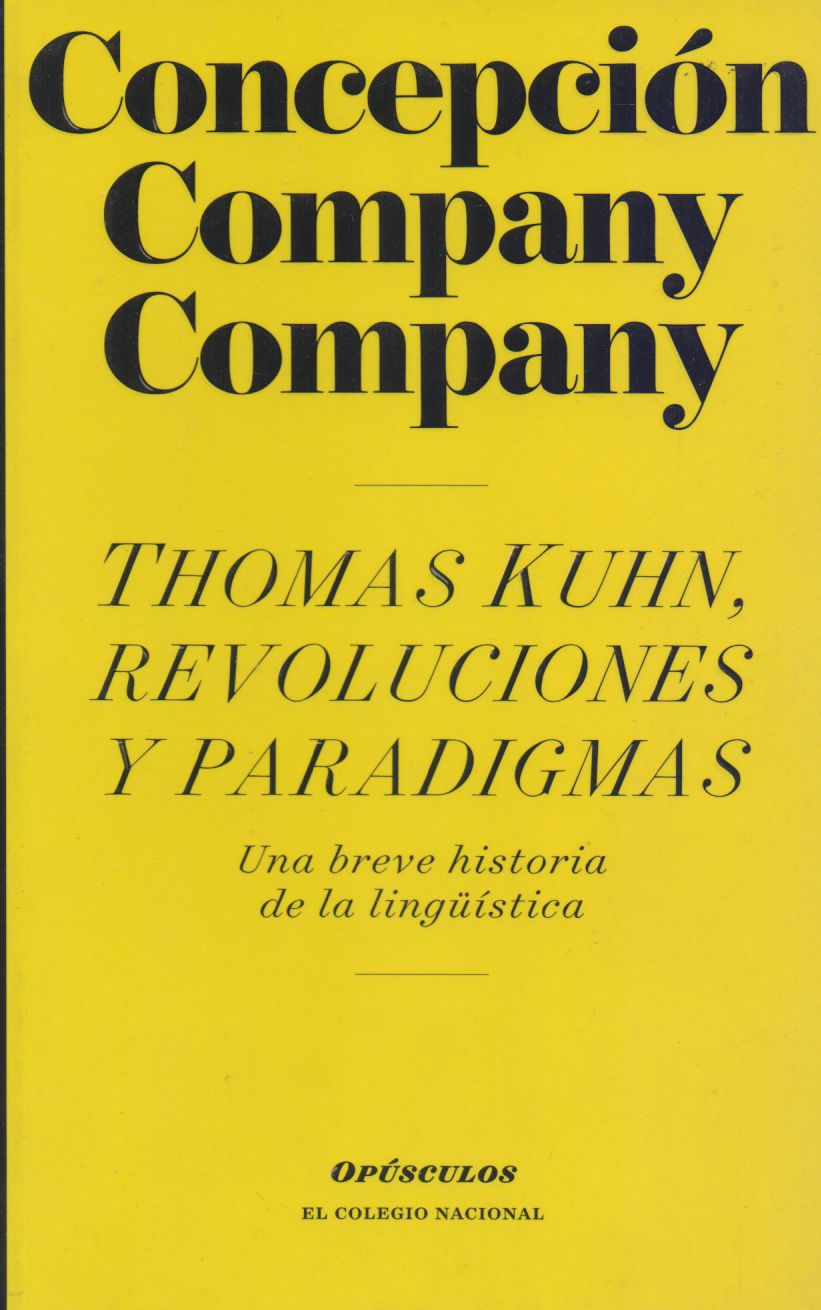 |
Thomas Kuhn, Revoluciones y Paradigmas: una Breve Historia de la Lingüística Company Company, Concepción Colegio Nacional |
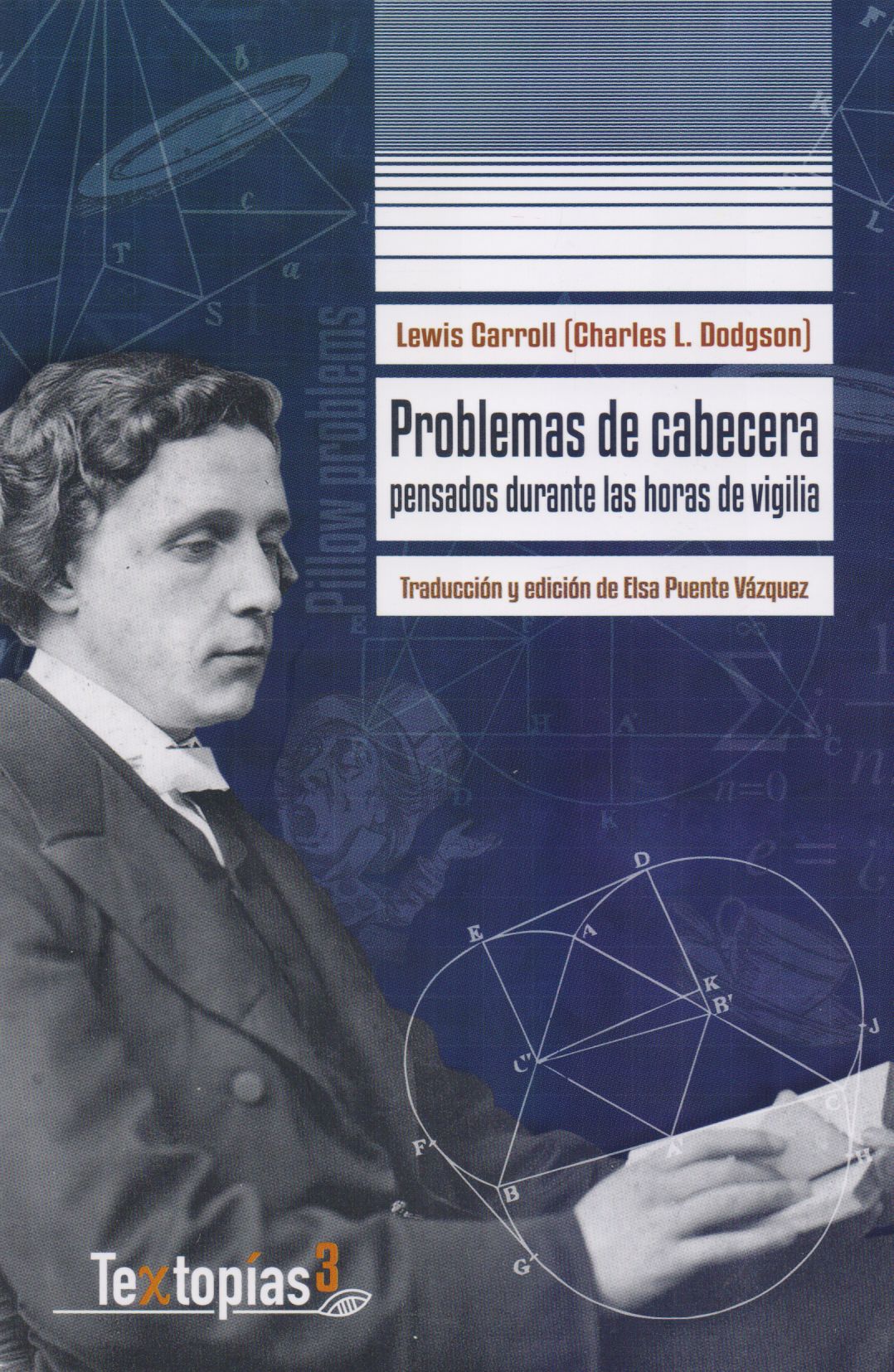 |
Problemas de Cabecera: Pensados Durante Horas de Vigilia Carroll, Lewis (Charles L. Dodgson) Bonilla Artigas Editores |
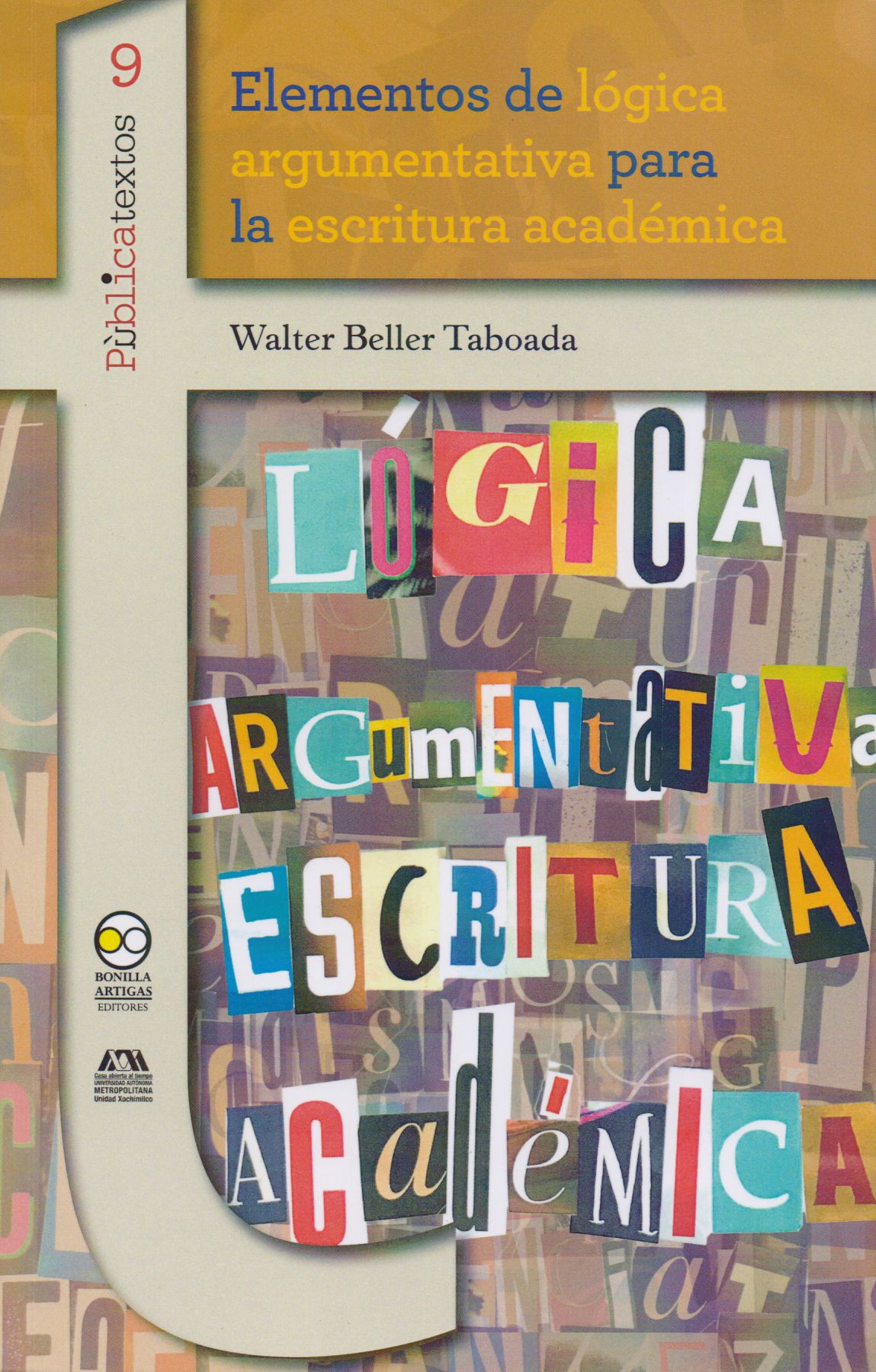 |
Elementos de Lógica Argumentativa Para la Escritura Académica Beller Taboada, Walter Bonilla Artigas Editores |
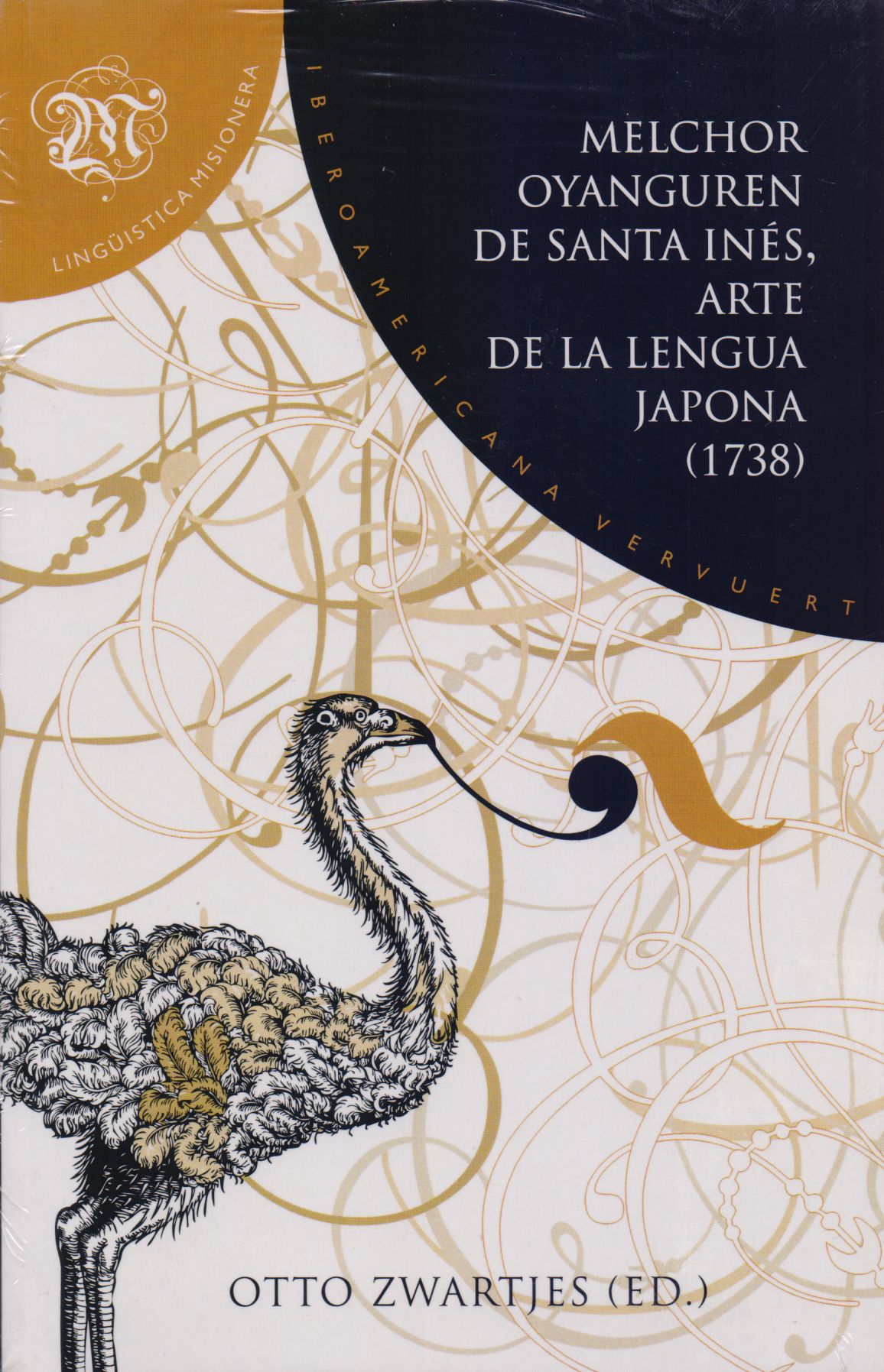 |
Melchor Oyaguren de Santa Inés, Arte de la Lengua Japona (1738) Zwartjes, Otto (Ed) Iberoamericana Vervuert |
 |
Lenguas en Diálogo: el Iberorromance y Su Diversidad Lingúística y Literaria Döhla, Hans-Jörg / Montero Muñoz, Raquel / Báez de Aguilar G Iberoamericana Vervuert |
 |
Lengua, La, ¿Patria Común?: Ideas e Ideologías del Español Del Valle, José (Ed.) Iberoamericana Vervuert |


|
Título: Comparative Studies In Australian And New Zealand English. Grammar And Beyond | |
| Autor: Peters Pam/ Collins Peter/ Smith Adam | Precio: $2528.00 | |
| Editorial: John Benjamins Publishing Company | Año: 2009 | |
| Tema: Estudio, Lingsistica, Gramatica | Edición: 1ª | |
| Sinopsis | ISBN: 9789027248992 | |
| This anthology brings together fresh corpus-based research by international scholars. It contrasts southern and northern hemisphere usage on variable elements of morphology and syntax. The nineteen invited papers include topics such as irregular verb parts, pronouns, modal and quasimodal verbs, the perfect tense, the progressive aspect, and mandative subjunctives. Lexicogrammatical elements are discussed: light verbs (e.g. have a look), informal quantifiers (e.g. heaps of), no-collocations, concord with government and other group nouns, alternative verb complementation (as with help, prevent), zero complementizers and connective adverbs (e.g. however). Selected information-structuring devices are analyzed, e.g. there is/are, like as a discourse marker, final but as a turn-taking device, and swearwords. Australian and New Zealand use of hypocoristics and changes in gendered expressions are also analyzed. The two varieties pattern together in some cases, in others they diverge: Australian English is usually more committed to colloquial variants in speech and writing. The book demonstrates linguistic endonormativity in these two southern hemisphere Englishes.
Table of contents List of abbreviations vii List of contributors ix-x Prologue Peter Collins 1-10 Section I. Morphology Irregular verbs: Regularization and ongoing variability Pam Peters 13-30 Pronoun forms Heidi Quinn 31-48 Hypocoristics in New Zealand and Australian English Dianne Bardsley and Jane Simpson 49-70 Section II. Verbs and verb phrases Modals and quasi-modals Peter Collins 73-88 The perfect and the preterite in Australian and New Zealand English Johan Elsness 89-114 The progressive Peter Collins 115-124 The mandative subjunctive in spoken English Pam Peters 125-138 Light verbs in Australian, New Zealand and British English Adam Smith 139-154 Section III. Nouns and noun phrases Non-numerical quantifiers Adam Smith 159-180 From chairman to chairwoman to chairperson: Exploring the move from sexist usages to gender neutrality Janet Holmes, Robert J. Sigley and Agnes Terraschke 181-202 Section IV. Clauses and sentences 203-290 Concord with collective nouns in Australian and New Zealand English Marianne Hundt 205-222 No in the lexicogrammar of English Pam Peters and Yasmin Funk 223-240 Zero complementizer, syntactic context, and regional variety Kate Kearns 241-260 Infinitival and gerundial complements Christian Mair 261-274 Commas and connective adverbs Peter G. Peterson 275-290 Section V. Discourse 291-398 Information-packaging constructions Peter Collins 293-314 Like and other discourse markers Jim Miller 315-336 Final but in Australian English conversation Jean Mulder, Sandra A. Thompson and Cara Penry Williams 337-358 Swearing Keith Allan and Kate Burridge 359-384 Epilogue Pam Peters 385-398 Index |
||
Librería Bonilla SA de CV © Todos los derechos reservados. 2019
Última actualización: Jul 2019



